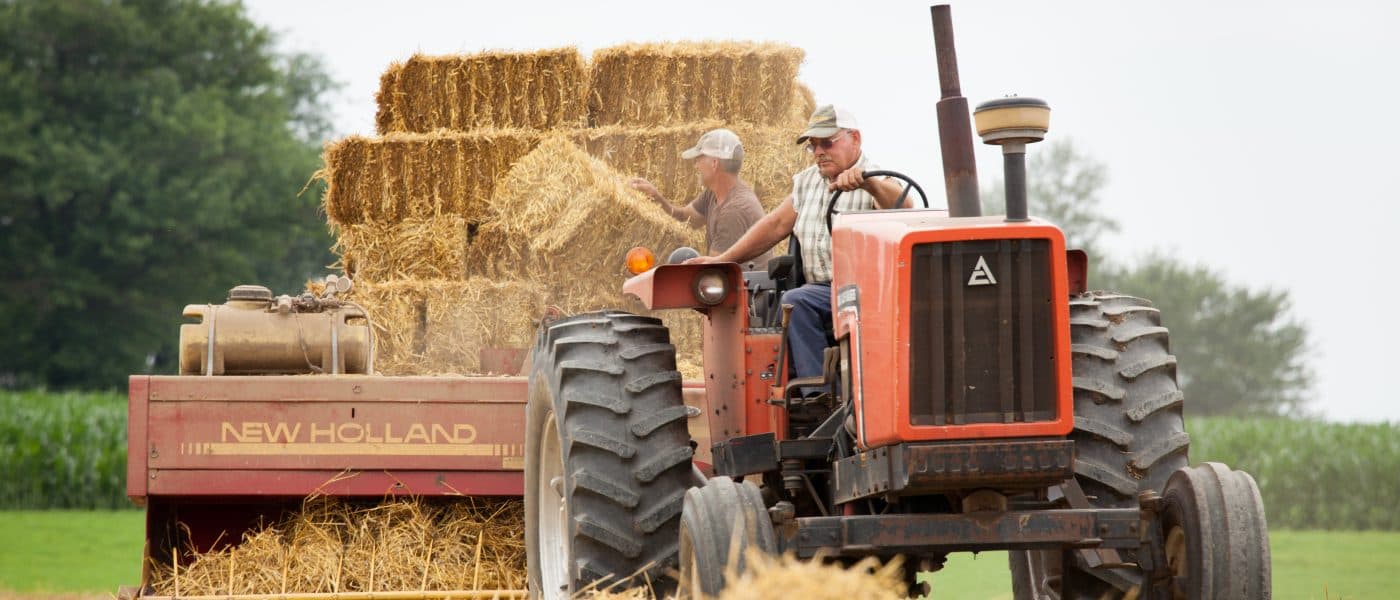Dear Farm Aid,
I’ve been seeing a lot of farm plots spring up around the city. I didn’t even realize people could farm in cities—how can I get involved in this!
Thanks!
Nathan R.
St. Louis, MO
Well Nathan, you are observing a rapidly escalating trend that’s created a lot of buzz in the farm world. Farm plots in the city, roof-top gardens, community growing centers and so forth are all part of a growing movement in America—that of urban agriculture. But lest you think this trend is something quaint or new, read on.
A farm in the city?
The term urban agriculture casts a wide net and includes pretty much anything involving the cultivation of food in a city or town. It not only includes plots raising fruits and vegetables, but also poultry or livestock production, aquaculture, agro-forestry and horticulture. In terms of geography, urban agriculture can even include peri-urban and suburban areas.
Contrary to a common misconception that urban agriculture is a new trend, growing good food in the city has a long history that likely dates back to the dawn of civilization. Many folks may not know, for example, that a wave of victory gardens proliferated the country during World Wars I and II or that the Boston Common—America’s oldest city park—was initially used for cattle grazing when the city was founded in the 1600s.
It is only in the last century that an “urban-rural divide” materialized in America to divorce farming from city life. This was fueled, in part, by cheap fossil fuels and notable changes in America’s work force that allowed city populations to rely on food imported from outside sources.
But today, there’s good reason to question the logic of separating the farm and the city. Fossil fuels are no longer so cheap, and the energy and transportation costs needed to transport food an average 1,500 miles to get to our plates may not be the smartest strategy. What’s more, despite the fact that the world’s farming population produces more than enough calories to feed every single person walking this planet, far too many people go hungry and malnourished in today’s global food system.
An article from Grist.org summed this up recently:
…the great experiment of the city as pure food consumer may yet prove a failure. In low-income areas of cities nationwide, supermarkets have pulled out, leaving residents with the slim, low-quality, pricey offerings of corner stores…Meanwhile, titanic amounts of the food that enters cities each year leaves as garbage entombed in plastic and headed to the landfill – a massive waste of a resource that could be composted into rich soil amendments…
No small potatoes
There’s a lot of talk these days about feeding the world’s growing population. While there’s no silver bullet, urban agriculture is proving to be a critical piece of the puzzle in growing good food for everyone.
Today, 15% of the world’s food is grown in urban areas. That number is expected to grow in the next few decades as city populations across the world boom. Here in the U.S., 80% of Americans live in urban areas, making urban agriculture an important strategy for addressing issues like food insecurity and diet-related illnesses in low-income populations, revitalizing areas of urban blight, creating livelihoods for immigrant populations and community development efforts.
Urban agriculture is also proving to be a critical avenue for attracting a new generation of farmers—good news considering the average age of American farmers is 57. The last Census of Agriculture showed a 4% growth in the number of farmers—most of whom ran small farms.[1] That might seem small, but given we haven’t seen an increase in farmers since before the 1980s farm crisis, that 4% is something to celebrate!
Getting Involved
People looking to start urban farming ventures should note that urban land is generally under the purview of municipal governments and planning agencies, which can present their own brand of red tape and hurdles. Land costs are also higher in urban areas, though many urban farms are sprouting up in remediated brownfields (formerly abandoned industrial or contaminated plots that have been cleaned) or preserved land plots within city limits that may help with cost issues. Urban farmers must also navigate difficult marketing channels, though many are taking advantage of unique opportunities in their cities, like farm-to-school or farm-to-hospital programs, urban farmers markets and anti-hunger organizations.
Still, you need not go it alone. Many organizations (including Farm Aid partners) are leading urban agriculture projects in major U.S. cities that provide job training for youth and beginning farmers, such as Cultivate Kansas City, Just Food in New York City, Growing Power in Milwaukee, The Food Project in Boston and EarthDance in St. Louis. To get involved in an urban agriculture initiative in your city, consider volunteering or even enrolling in a farmer training program through these organizations. Check out the Community Food Security Coalition’s list of urban agriculture initiatives taking root in America here.
And don’t forget you can start small! Start your own garden through a raised bed or join a community garden where you can secure your own plot on shared land – they’re both great ways to get involved before taking it to the next level. Some cities have started elaborate community gardening efforts, such as New York City’s Open Space Greening program run by GrowNYC, To learn more about starting your own growing ventures, check out HOMEGROWN.org.
Lastly, food policy councils have sprouted in many cities to coordinate policy initiatives, research, education and events that build community food security including through urban agriculture. Check out a list of food policy councils nationwide and get involved with efforts going on in your area.
Further Reading
- Read our Farmer Hero profile of Sherri Harvel, an urban farmer in Kansas City, Missouri. Her passion for working outdoors and her dedication to the land has helped transform her neighborhood and inspire others around her to grow.

